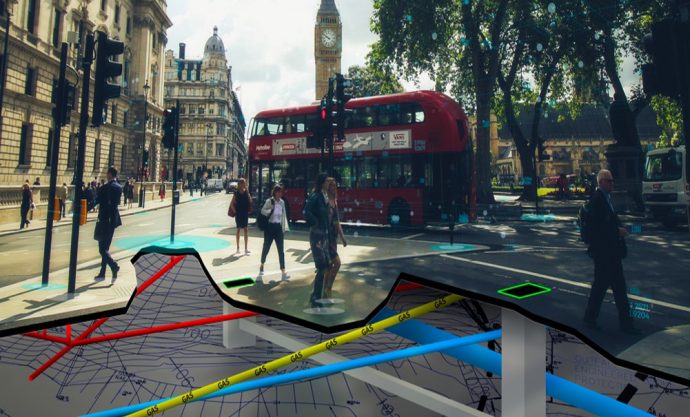
2018 was an exciting year for the geospatial industry; Google Maps API pulling the rug from under developers’ feet notwithstanding. The power of crowdsourced location data came to fore when Snap Map became the unofficial source of on-ground reporting during the Marjory Stoneman Douglas High School shooting in the US. Artificial intelligence programs extracted road networks from aerial imagery (with astonishing success rates) and helped local taxi operators to outshine the Ubers of the world. Google and Mapbox focused on location-based gamification, while HERE chased indoor mapping by acquiring Micello and partnering with Jibestream.
Recalling some of the many developments from geospatial industry in 2018 made us wonder: What should we expect this year? We turned to the insiders for answers!
Augmented reality will come of age
Martin Strigač, CEO, Sygic
“Augmented reality is not a fresh topic, but until recently, tech companies haven’t been capable of utilizing this technology and bringing it to wider masses. In past months we have observed solutions ranging from assisted reality glasses used for repair and maintenance to augmented reality apps for schools. Complex solutions for car and motorbike drivers will follow soon. The potential of connecting the real world with digital is in our industry almost inexhaustible. Imagine the real-life situation, when your navigation will identify dangerous situation on the road and will help you to decide what action to take.”
Making sensors and systems geo-aware
Campbell Kennedy, CEO, LocusLabs
“I am most excited about the incorporation of real-time and transient data into geospatial applications. So much of IoT and smart building applications involve spatial awareness and queryability, but historically, many of the sensors and systems are isolated and not geo-aware. In reality, our world is constantly changing, especially as we start representing smaller and smaller objects like cars, people, furniture, etc. Powerful geospatial frameworks designed for representing and managing data for these applications will unlock new realms of analysis and intelligence.”
Better counter-drone technology and UTM
Brooke Tapsall, Founder and CEO, DroneALERT
“Counter-UAV, geofencing, and unmanned traffic management (UTM) are the developments I’m most keenly watching in the drone industry this year. The use of location data for counter-UAV is still growing as an idea to be fully embraced with confidence by the authorities. Its complimentary avenues are also not being fully explored as of now. In the wake of the recent UK airports drone incidents at Gatwick and Heathrow, I feel if the technology were in place, the use of location data could have aided the investigations. Further, though geofencing and UTM technologies have been incorporated into some drones now, they are still in a developing stage – albeit with great potential and necessity for future drone flights and drone management in the skies.”
The year of ‘live’ location data
Jimmy Perron, CEO, NSim Technologies
“In our view, in 2019, we will see more and more business trying to leverage their ‘live’ location data. The combination of geospatial data (GIS) and live IoT data will drive the adoption of real-time business processes in multiple industries. The IoTs field focuses mainly on objects that are connected to the cloud space by focusing on how and what. However, by adding a where to the equation, we open ourselves up to a world of new opportunities by enabling ‘location intelligence’. With more than 75 billion of connected devices by 2020, this is, for sure, an aspect that cannot be ignored by the geospatial domain.”
Intelligent algorithms and smart predictive analysis
Manish Choudhary, SVP, Global Products & Strategy, SMB Solutions, Pitney Bowes
“Artificial intelligence is a technology that is fueling innovation in every domain including geospatial industry. Using intelligent algorithms, data classification and smart predictive analysis, AI has large utility in GIS applications, such as traffic congestion, ride sharing, logistics, surveying, and infra. AI/ML algorithms are helping create solutions using the core asset of geospatial technology – data. One of the biggest examples of AI using GIS data is autonomous vehicles. It will be interesting to see how AI technology shapes some of the biggest developments in this sector.”
What about you? Which technology trend do you expect to sweep the geoindustries in 2019? Let us know in the comments!






